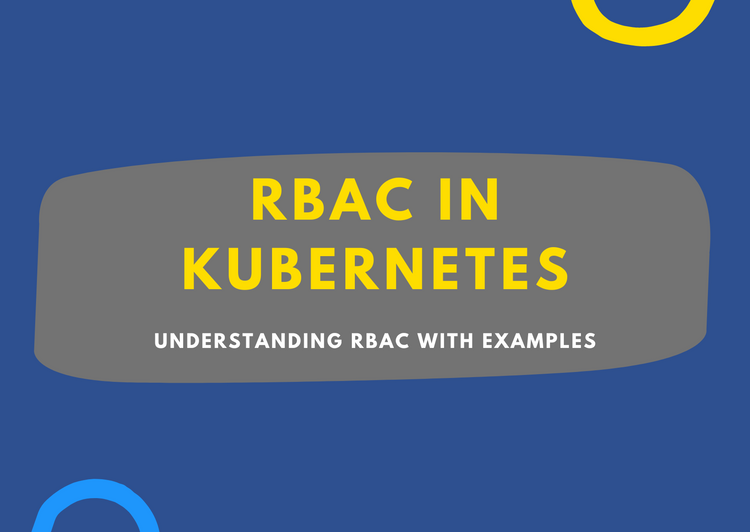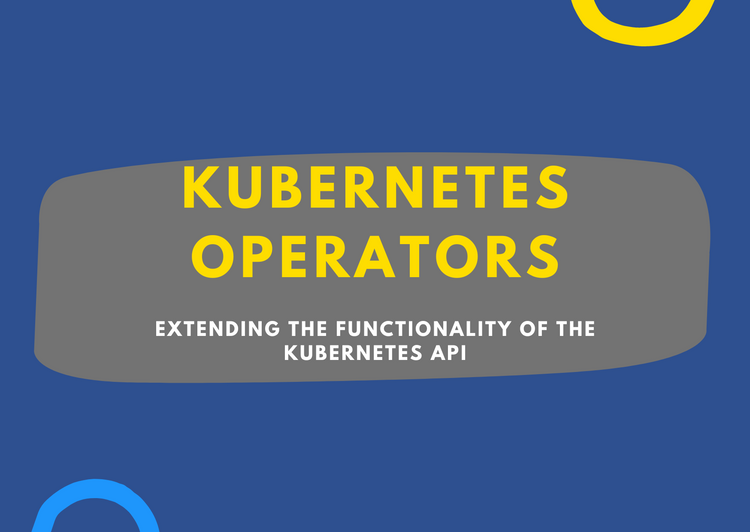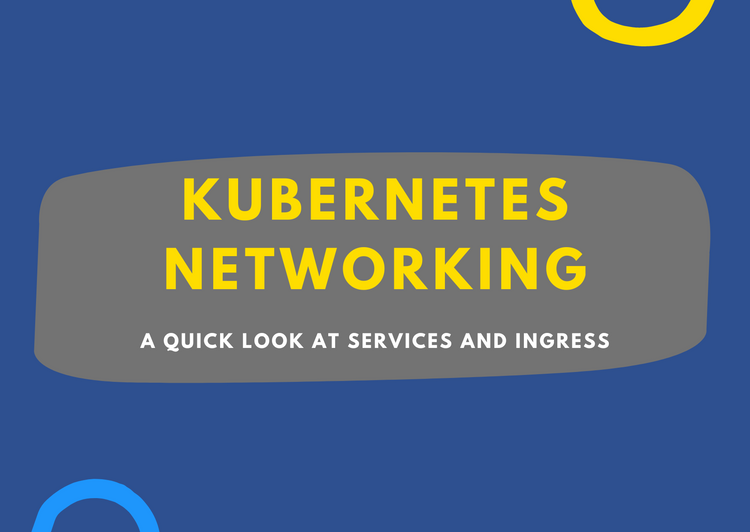Relabeling Metrics in Prometheus
Introduction
Prometheus stands as a cornerstone in the realm of monitoring and alerting. Renowned for its robustness and scalability, it excels in capturing and storing metrics from an array of data sources. Amid its feature-rich environment, the concept of relabeling often doesn't get the attention it deserves. Relabeling is akin to a Swiss Army knife for your metrics; it allows you to modify labels in real-time as metrics enter the system. It's a two-step dance—target relabeling before scraping and metric relabeling after—which offers invaluable utility for enhancing your monitoring and alerting capabilities.
Why Relabel Metrics in Prometheus?
The act of relabeling isn't just a nice-to-have but a must-have for the following reasons:
1. Improved Query Performance
Slim down your labels, and you slim down the complexity of your metrics. This results in quicker, more streamlined queries.
2. Data Enrichment
Adding extra context to your metrics via relabeling can significantly improve your querying and data analysis capabilities.
3. Efficient Storage
Remember, each unique label set counts as a new time-series data point. Keeping your labels optimized helps you save on storage.
4. Simplified Alerting
Standardization of metric labels helps to simplify and centralize alert management, particularly useful in volatile environments.
5. Enhanced Security
Relabeling can protect sensitive information from getting exposed, helping you maintain a secure ecosystem.
6. Target Management
In dynamic contexts like Kubernetes, relabeling is your ticket to filtering out irrelevant targets, thereby improving system management.
High-Level Overview of Relabeling
Relabeling in Prometheus is a two-step process:
Metric Relabeling
This takes place post-scraping before the data is stored. It is primarily used for label transformations, additions, and deletions.
Target Relabeling
This occurs pre-scrape. Use this step to enhance or strip labels from the targets that Prometheus is going to scrape.
Benefits of Relabeling
In essence, relabeling boosts performance, simplifies queries, and grants more flexibility in metrics management.
Examples of Relabeling Use Cases
Drop Unused Labels
The drop_unused_labels action is your tool for eliminating unnecessary labels across the board.
Join Multiple Labels
The join action lets you consolidate several labels into a single one.
Condition-Based Metric Dropping
The keep action is what you'll use to discard metrics based on certain conditions.
Modifying Scrape URLs
With the replace action, you can easily alter the URLs from which Prometheus scrapes metrics.
Add Labels to Targets
To slap new labels onto your scrape targets, employ the target_label field.
Practical Implementations of Relabeling
Here, let's delve into the specifics with relabeling examples:
How to Remove Labels from Metrics
relabel_configs:
- source_labels: [instance]
action: drop
Removing Internal Labels
relabel_configs:
- source_labels: [__*]
action: drop_prefix
How to Drop Metrics During Scrape
relabel_configs:
- source_labels: [instance]
target_label: instance
action: keep
values: ["localhost"]
Constructing Labels from Multiple Labels
relabel_configs:
- source_labels: [az, region]
target_label: region
separator: "_"
action: join
Chaining Relabeling Rules
Chaining relabeling rules allows you to perform more complex transformations. For instance, the following rule first drops the instance label and then adds a new region label.
Advanced use-cases
Relabeling can be particularly beneficial in complex and dynamic environments. Here are some advanced use cases:
- Multi-Tenancy: In a multi-tenant environment, you can add tenant-specific labels during the scrape, enabling you to differentiate metrics easily during query time.
- Regional Aggregation: For global deployments, relabeling can help in aggregating data by regions or data centers, which is useful for both analysis and governance.
- Cost Allocation: In cloud-native environments, you could relabel metrics with cost-center or business-unit tags. This enables detailed cost allocation and budget tracking based on actual resource usage.
- Selective Scrapping: In a large environment with hundreds of microservices, relabeling can be used to selectively scrape only those metrics that meet a particular condition, thus saving on resources.
- Custom Roll-ups: If you have metrics at different granularities, you can use relabeling to create custom roll-ups, thus enabling you to have a summary view without having to compute it each time.
Risks and pitfalls when implementing relabeling
Relabeling, while powerful, must be used cautiously:
- Complexity: Overuse can make your monitoring setup hard to understand and maintain.
- Performance: Incorrect relabeling can inadvertently increase the number of unique time-series data points, consuming more memory and storage.
- Data Loss: It's a double-edged sword; you can filter out unnecessary data, but you might also drop useful metrics if not done carefully.
- Security Risks: Be careful not to expose sensitive information via newly added labels.
How does relabeling interact with other Prometheus features
- Service Discovery: Relabeling comes into play after service discovery has identified targets but before Prometheus scrapes them. You can use relabeling to filter out irrelevant targets or to add extra labels that service discovery data provides.
- Recording Rules: Relabeling affects the raw metrics stored in Prometheus. Therefore, any recording rules that operate on these metrics will also be influenced by how you've relabeled the metrics. Essentially, the output of your recording rules could differ based on the relabeling rules you've applied.
- Alerting: Just like recording rules, the alerting rules are based on the metrics stored in Prometheus. If relabeling has removed or added labels, it affects how alerts are triggered and should be accounted for in your alert expressions.
In Conclusion
Relabeling in Prometheus is far more than just a peripheral capability—it's a pivotal tool that can dramatically transform your monitoring and alerting landscape. It allows you to shape your data acquisition and storage strategy, not just as a one-size-fits-all approach, but tailored to your specific needs and constraints.
In essence, relabeling is akin to having a Swiss Army knife in your monitoring toolkit. Just like a Swiss Army knife has multiple tools to help you tackle a variety of challenges, relabeling offers numerous ways to filter, augment, and manipulate your metric data. Whether you're looking to enhance query performance, enrich your metrics with additional metadata, secure your monitoring data, or even control your infrastructure costs, relabeling provides the mechanisms to achieve these objectives.
By mastering relabeling, you can streamline your Prometheus environment to be not only more efficient but also more intelligent. It enables you to create a highly focused and purposeful monitoring system that aligns closely with your business goals. The potential applications are as broad as they are impactful, making it not just a feature but a cornerstone for anyone serious about fine-tuning their monitoring and alerting capabilities.



Comments ()